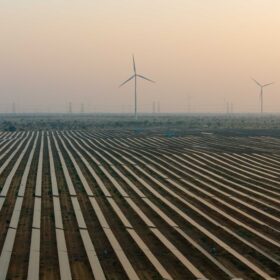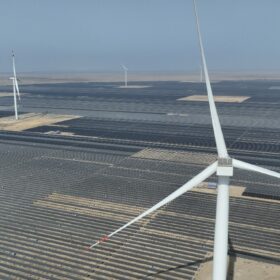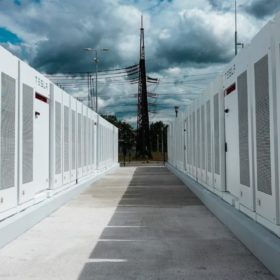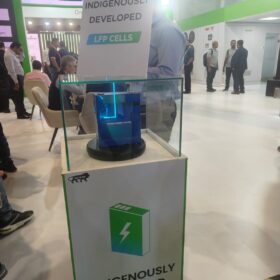Why phasing out ISTS waiver is a step towards equitable energy development
The gradual phase-out of ISTS charges waiver for solar and wind projects–75% for projects commissioned by June 30, 2026, 50% by June 30, 2027, and 25% by June 30, 2028, and zero thereafter–is bound to push up final price for end consumers. The shift could increase tariffs by INR 0.40–0.50 per unit
Cybersecurity in India’s energy and utilities sector
As India accelerates its energy transition and modernises its grid infrastructure, the energy and utility sector will move beyond its traditional functionality. Cybersecurity, once a back-office IT concern, is now at the front, especially for Operational Technology (OT).
Beyond Rhetoric: India’s clean energy investments speak for themselves
India has drawn billions of dollars into renewable infrastructure from global institutional investors, private equity firms, and corporate stakeholders. Initiatives such as the National Solar Mission, coupled with predictable tariff structures and streamlined regulatory mechanisms, have created a conducive environment for capital deployment.
How the India-UK FTA can turbocharge clean energy cooperation and investment between the two nations
Trade is only half the story, the bigger opportunity lies in green finance. Indian renewable energy projects require an estimated $250 billion in capital by 2030. The UK, home to one of the world’s most mature green finance ecosystems, including institutions like the Green Investment Bank and large ESG-focused funds, is ideally positioned to bridge this gap.
Siemens Energy India profit up 80% YoY for quarter ended June 30, 2025
Siemens Energy India Ltd (SEIL) has reported a robust financial performance for the quarter ended June 30, 2025, with net profit soaring 80% year-on-year (YoY) to INR 263 crore. Revenue from operations rose 20% YoY to INR 1,785 crore. New orders for the quarter surged 94% to INR 3,290 crore.
Tata Power’s renewables business PAT up 95% YoY in Q1
Tata Power’s net profit from renewables business soared 95% YoY to INR 531 crore. Segment-wise, INR 226 crore came from renewable energy generation, INR 198 crore from solar EPC, INR 100 crore from solar manufacturing, and INR 7 crore from other income.
Navigating the ripple effects of renewable energy variability on grid stability
integrating variable renewable energy sources into conventional power systems requires a delicate balance of technology, operational excellence, and regulatory compliance. While AI and ML have become indispensable tools in the modern energy toolkit, they are most effective when paired with on-ground human insight and proactive asset management.
India could cut electricity costs to $50/MWh by 2050 with a fully wind and solar-based power system, says ETC report
India could achieve clean power system at a cost (including generation, balancing, and grid infrastructure) of around $50/MWh by 2050—significantly below current fossil fuel-driven wholesale prices—by shifting to a fully wind and solar-based electricity system requiring primarily day-night balancing.
How is India’s power infrastructure evolving amid global supply chain shifts?
With renewable capacity expanding, grid upgrades underway, and policies fostering local supply chains, India is navigating a complex but promising energy transition.
The role of advanced transformers in India’s green transition
Without resilient, responsive, and renewable-ready transformer networks, India’s decarbonization goals risk being destabilized by the very variability they aim to harness.















